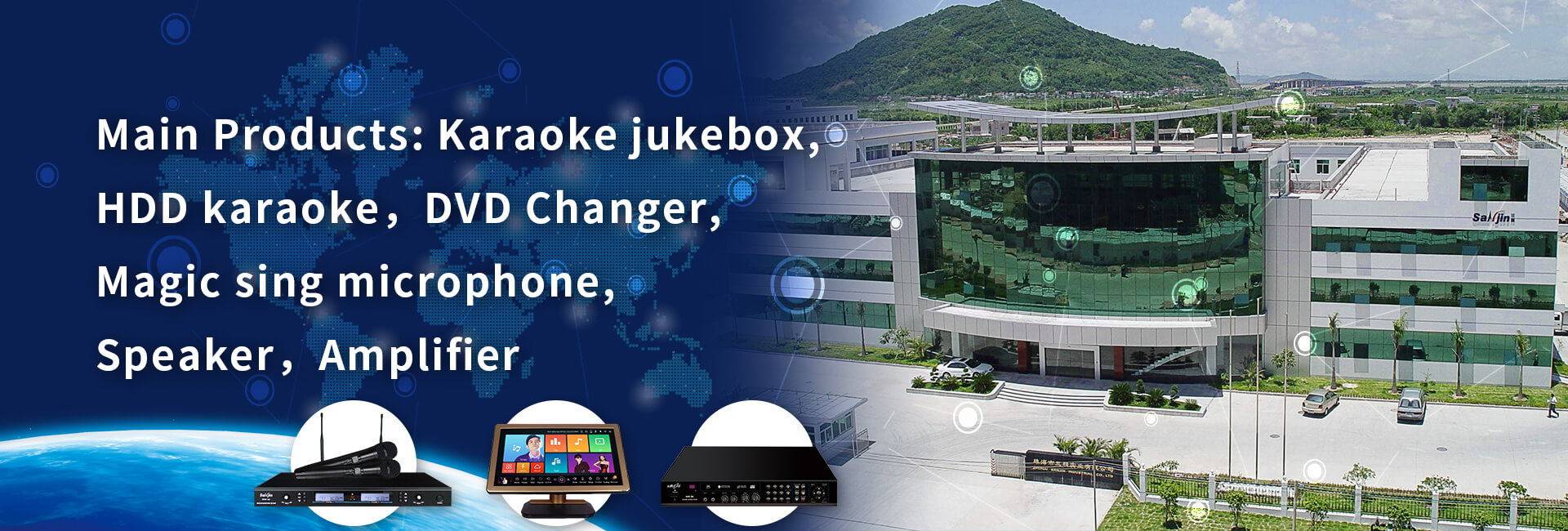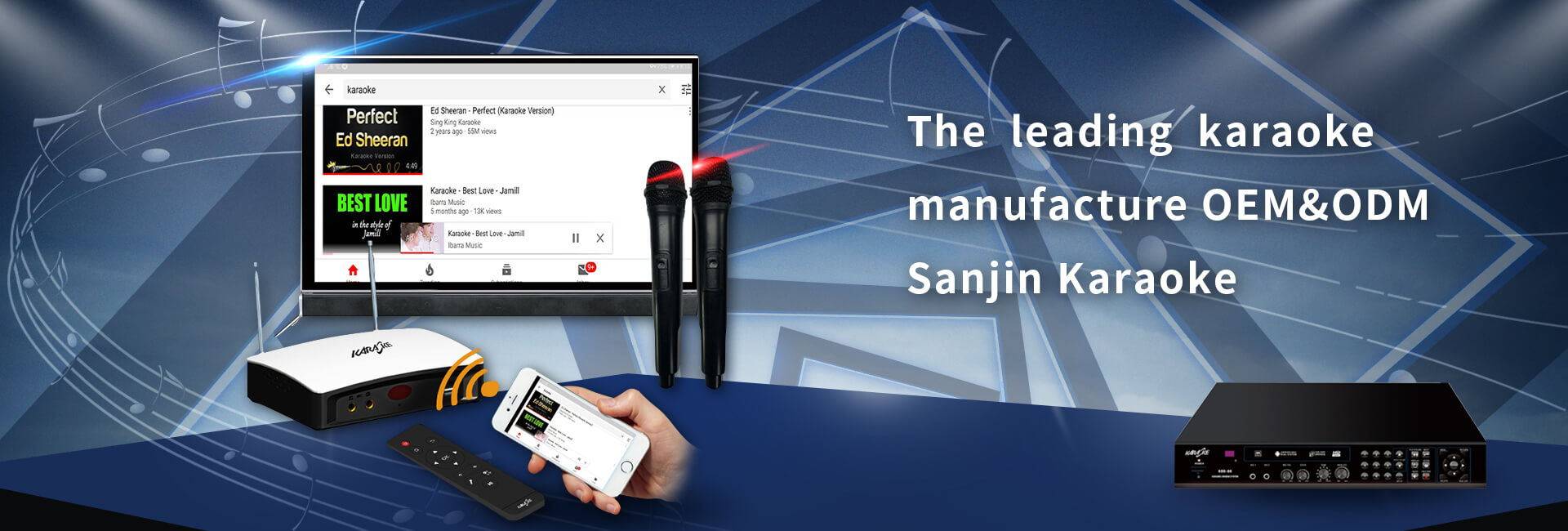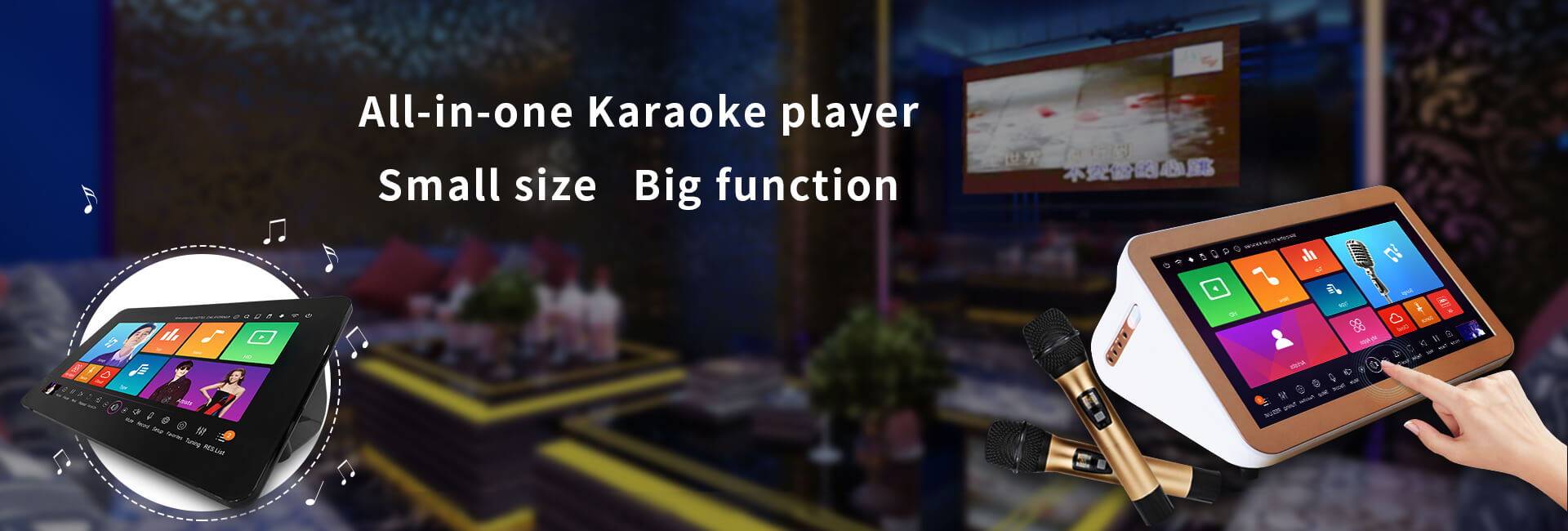Is it necessary to use curved screen in home theater? Curved screen has many advantages. For example, the curved image will be more in line with the eye structure, the hair will be more comfortable than the flat plate, and the picture will be more dynamic when watching 3D movies. Under what circumstances is a curved screen appropriate?
When the screen size exceeds 150 inches, the curved screen can be used, because the large curved screen can clearly feel the sense of encirclement and presence of the screen, especially when watching 3D movies. The visual difference between the curved screen and the flat screen is not large, but the adjustment difficulty of the curved screen is greater than the flat screen, so it is generally recommended to use the flat screen if the size is small.
Use high gain screen
When the luminous flux of the projector is insufficient to support the brightness of the picture, we will choose a high gain screen to improve the brightness of the picture, but one of the problems caused by high gain screen production is the solar effect (a bright spot is formed in the middle of the screen, while the periphery is relatively dim). The higher the gain, the more obvious the solar effect. At this time, the concave surface of the arc screen can effectively stretch the light spot formed by the brightest part in the middle of the screen to both sides, so as to well alleviate the solar effect.
Correction of pillow distortion
Generally, when projecting large-size flat screen, due to the large distance between the projector and the screen center point and edge image, the distortion of pillow effect will appear. Among them, the green imaxs on the left and right sides of the screen lettuce will bend inward and stretch vertically, making the whole image a little fuzzy, small and not obvious. When large-size screen is projected, this distortion phenomenon will be very obvious when the projection focal length is fixed, but the use of curved screen can correct the occipital distortion, so it is always a giant screen
Flat panel J lighting diagram. When the screen grass size is small, the length difference between a light and B light is very small, and the distorted drawing surface is not easy to see. However, once the screen size becomes larger, the length difference between a and e will become larger, resulting in obvious pillow distortion.
In the schematic diagram of arc curtain lamp, the distance between the lengths a and B can be adjusted to be basically close, so as to correct the pillow distortion
Adjustment of arc curtain
Screen debugging of different scales: most screens used in home theater applications are 16.9. If the source is 2.35:1, the song screen is OK, but if you play the source of 16.9, the four corners are not satisfied. At this time, you need to slightly increase the size of the screen. If the four corners are full, the excess image will be absorbed by the black velvet on the frame.
In another case, use the 2.351 screen. Generally, most of this proportion will choose arc screen, because it will be more beautiful and surround the picture. If the source itself is 2.35.1, it is the same as the 163609 screen, but the screen size needs to be slightly enlarged. However, if the film edge of 16.9 is angle selection, the projector used does not have its own mode of adjusting proportion. Deformable lens is required, which is expensive and difficult to debug, resulting in a certain degree of light attenuation. So unless you have enough budget, it is recommended to use 1633609 curved screen or projector with zoom function.
Post time: Aug-17-2021





